TOP TEN SUMMER TOURING CARS
17 August 2021
Or four seats, and the ability to take advantage of any moments of the August weather:
Citroën Visa Décapotable
Citroën sold just 2,633 examples of the Décapotable, one reason being Heuliez’s bodywork inflated the price far beyond a standard 11RE. However, any new four door convertible was a very unusual sight in 1984 and enthusiasts would argue that the open-air Visa has a charisma that was above mere francs.
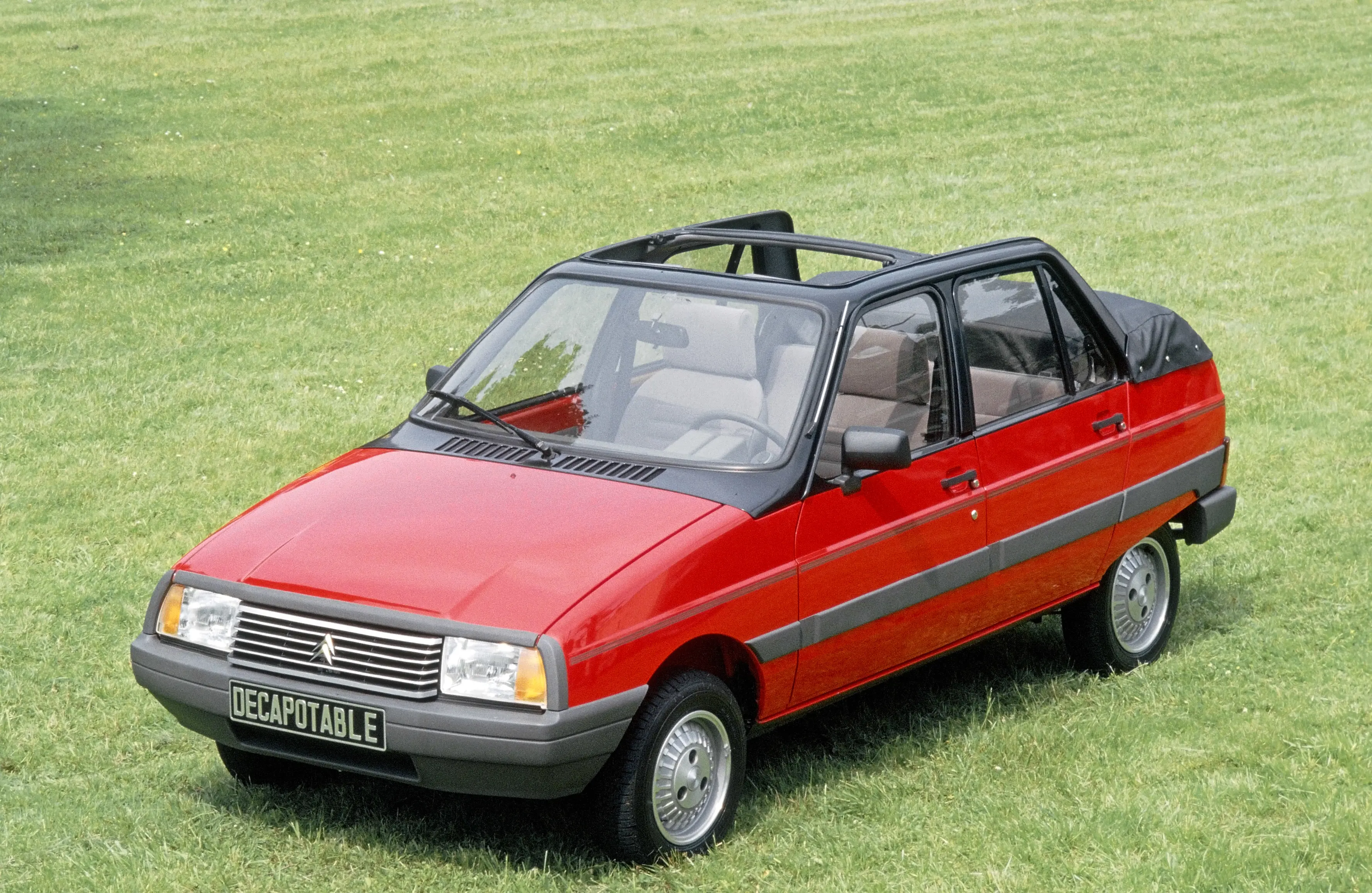
Ford Escort XR3i Cabriolet
Back in 1987, the XR3i Cabriolet cost a fairly steep £10,546 (£2,100 more than the standard model), but its devotees claim it was worth every penny. Karmann’s bodywork was exceptionally well-executed, and more than one in five buyers opted for the Cabriolet rather than the standard three-door.
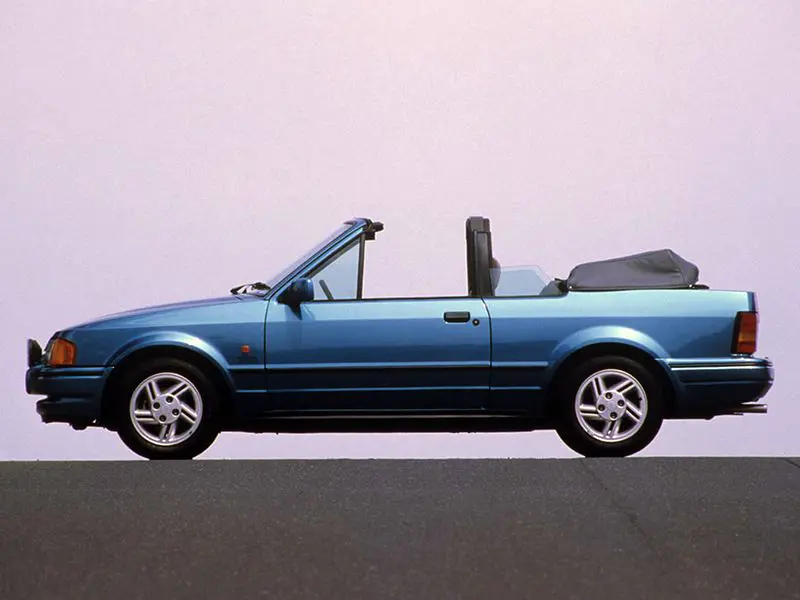
Ford Zodiac Mk. II Convertible
AKA a Ford with almost all the style of a Thunderbird but with less of an appetite for fuel. It was also and far more suitable for British roads. The Mk. II was the last of Dagenham’s large convertibles, and the six-cylinder models even boasted a semi power-operated hood. The perfect car for a skiffle bandleader with a disc at the top of the Hit Parade.
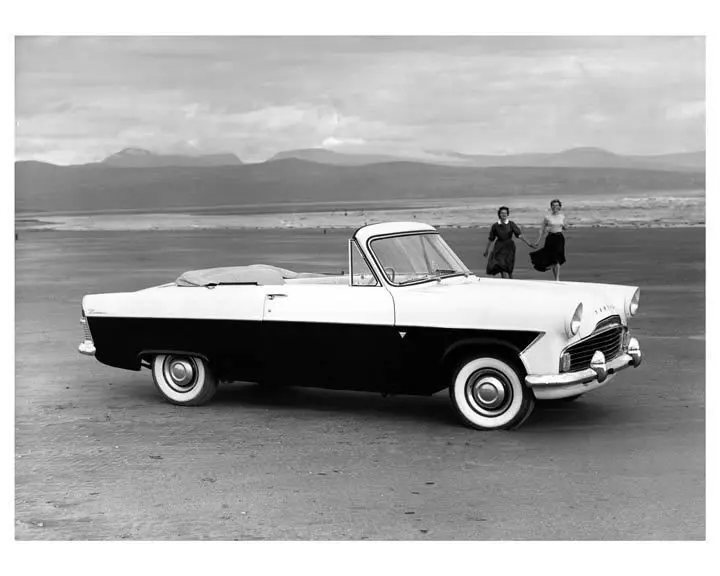
Hillman Super Minx Convertible
When the Rootes Group introduced the Super Minx Convertible in 1962, the sales copy achieved new heights of hyperbole; a car that was apparently new and youthful in its looks and zestful performance. The Hillman was a drophead with genuine flair, and any surviving examples are much prized.
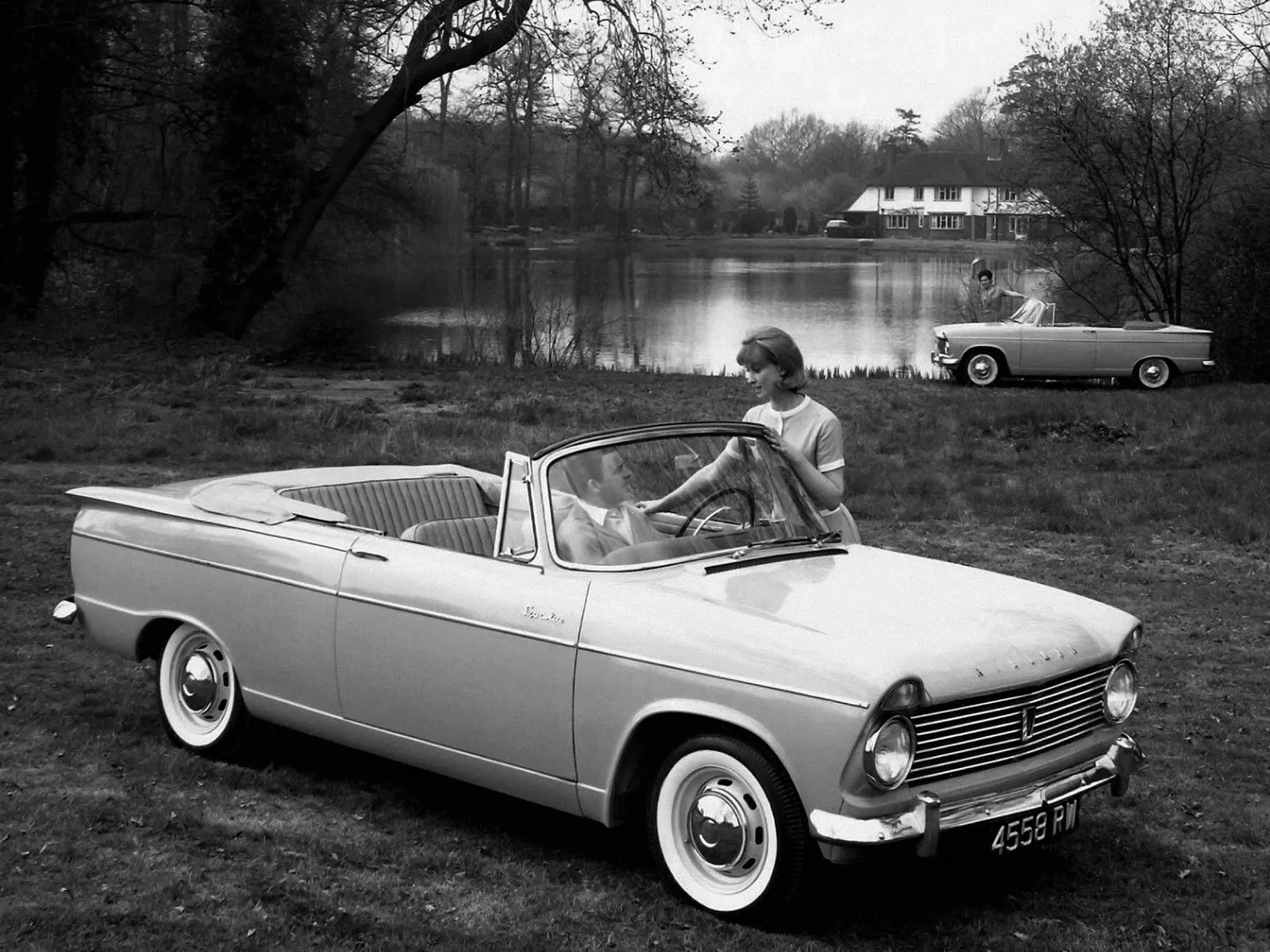
Morris Marina Convertible
Crayford made the original Marina Convertible, and they subsequently contracted the work to the Plymouth firm of Mumford. Most drophead versions were based on the top of the range 1.8 TC, and the conversion resulted in a rather good looking machine. Today, fewer than 20 are thought to remain in use.
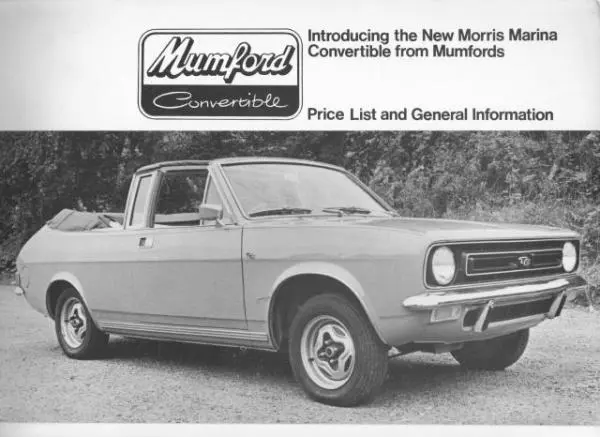
Morris Minor MM Tourer
It is too easy to take for granted just how remarkable the MM Tourer must have appeared to anyone visiting the 1948 London Motor Show. The new Morris was a four-seater convertible with contemporary looks, rack and pinion steering and independent front suspension for just £358 10s 7d. No wonder thousands of would-be owners put their names on the waiting list.
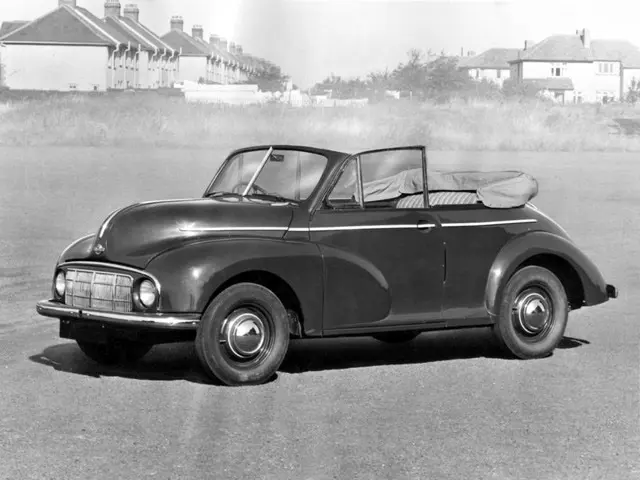
Škoda Rapid Cabriolet
For anyone with ambitions to own a 911 Turbo but with a very unsympathetic bank manager, Škoda GB had the perfect solution. At just under £5,000, the Cabriolet was the cheapest new convertible in the UK, with coachwork by Ludgate Design & Development of Kent. The 95 mph may have somewhat less been less than a Porsche, but for sheer value for money, the Škoda had few equals.
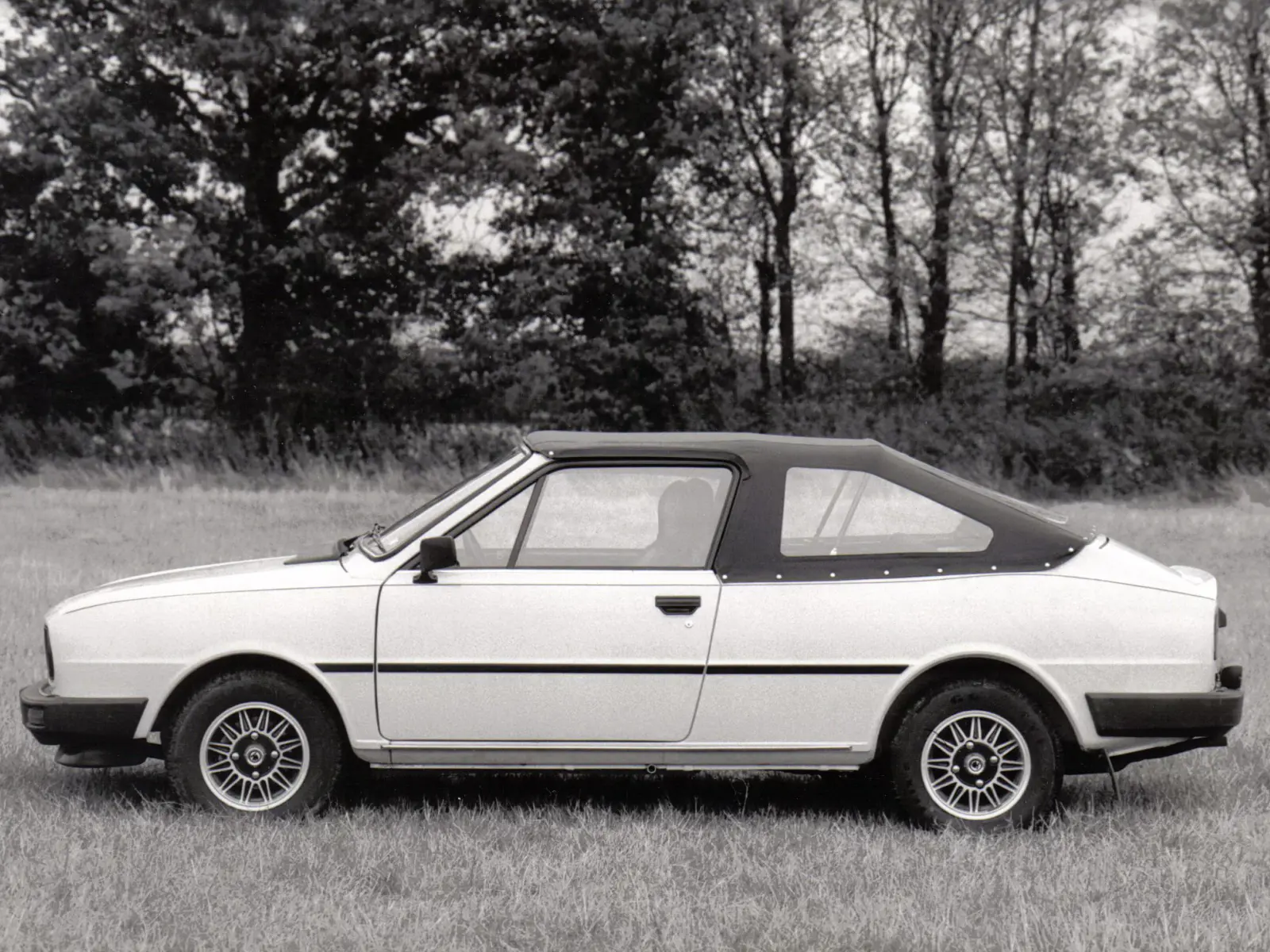
Talbot Samba Cabriolet
Thanks to its appealing Pininfarina coachwork, it is almost impossible to think that the Cabriolet is now 39 years old. In the UK, the ultimate Samba cost £6,196; £400 more than the standard GLS, but £900 less than an open-topped VW Golf. Possibly the most desirable member of the 1980s Talbot range?
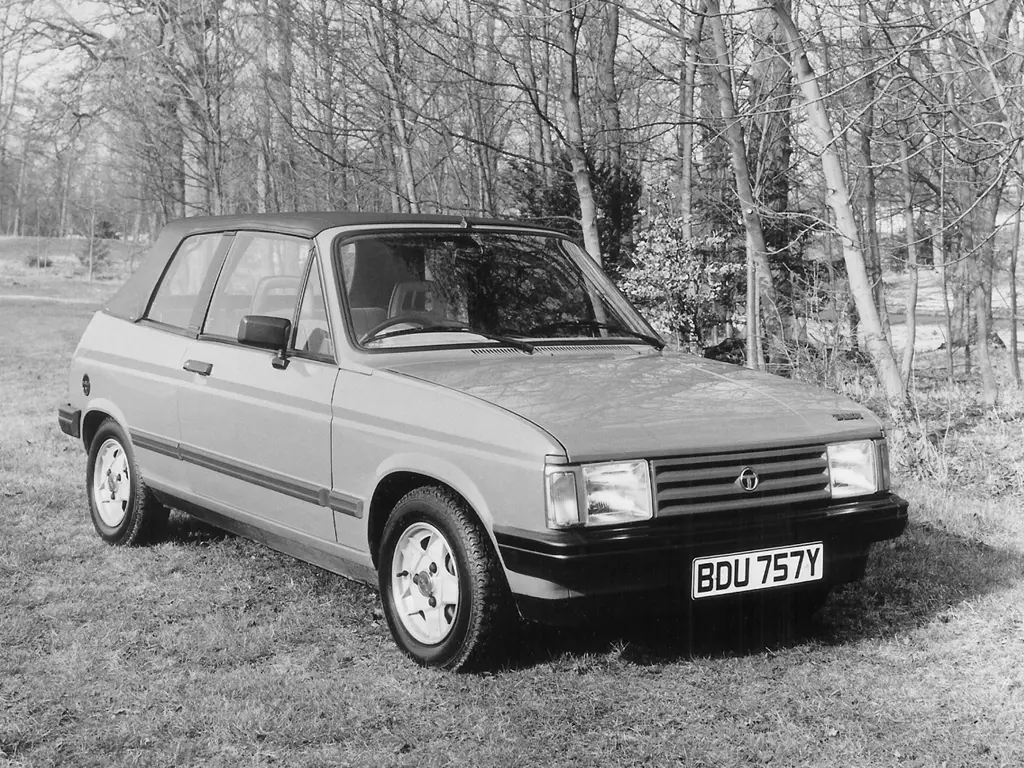
Triumph Herald 948 Convertible
The Convertible made its bow in March 1960, several months after the Coupe and the Saloon. As befitting the flagship of the Herald range, the drophead featured a twin carburettor version of the 948cc unit, while Michelotti’s bodywork was a significant sales asset. Unfortunately, the original Herald Convertible is now a rare sight as Triumph made just 8,258 units.
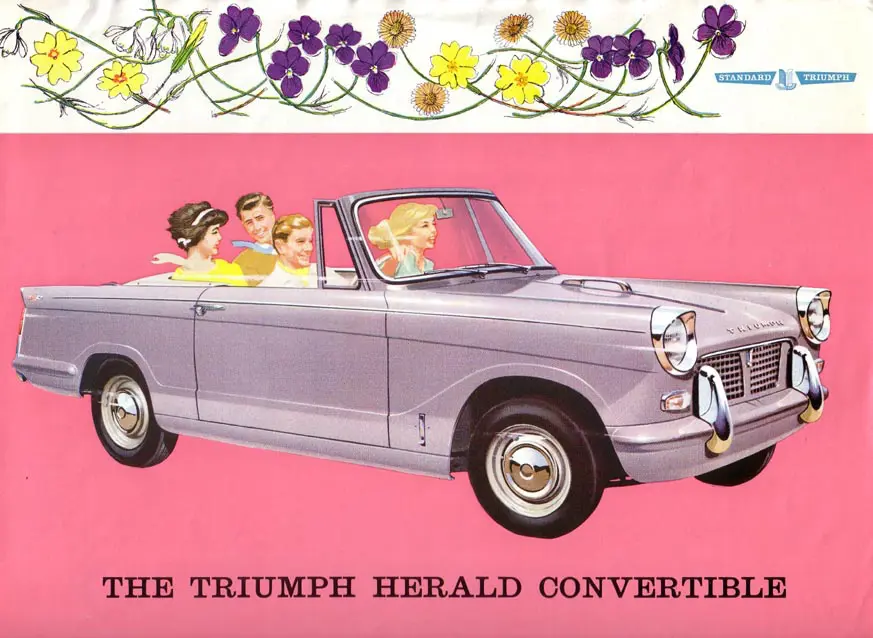
Vauxhall Viva HB SL90 Cabriolet
One of the most exclusive Crayford offerings as the Kent firm made only five Cabriolets, and there is just one roadworthy SL90 version. It may have looked downright handsome, and Vauxhall backed the conversion with a factory warranty, but the price was £1,150, a considerable amount in 1968.
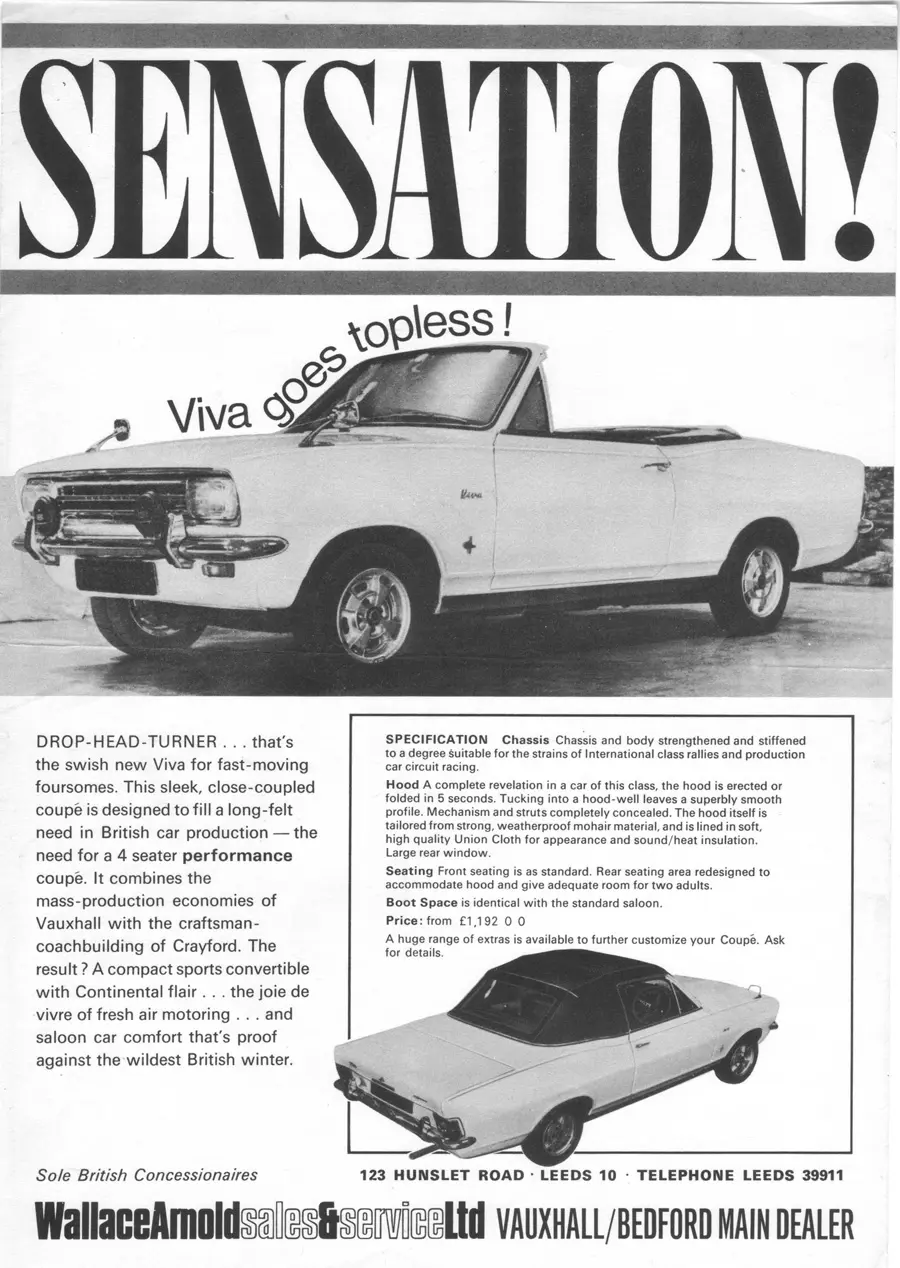
Why choose Lancaster Insurance?
Here at Lancaster, we love classic cars as much as you do and we understand what it takes to protect them for future generations.
We have links with some of the top classic car clubs around the country and some of our policies even offer discounts of up to 25% for club members.
Other benefits of classic car insurance through Lancaster can include:
- Historic rally cover
- Static show cover
- Limited mileage discounts
- Choice of repairer
- 24-hour claims helpline
Give your classic the protection it deserves and get a quote for your classic today.
